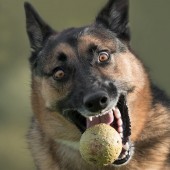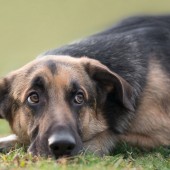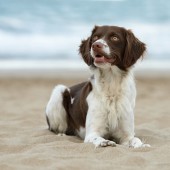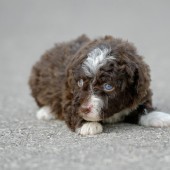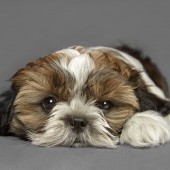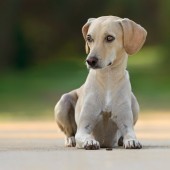Kyriakos Stavrou is a dog photographer living in Barcelona and a regular NikonRumors reader (website | Facebook | blog), here is his story:
I have always loved dogs and today I happily share my life with 3, Avra, Evis and Rea. Combining my love for dogs with my passion for photography, two years ago I started a project called “doglight: each dog is unique“. My target was to photograph as many dogs as possible and show the little things that make each one so special. Since then I have photographed some 400 dogs and I keep going.
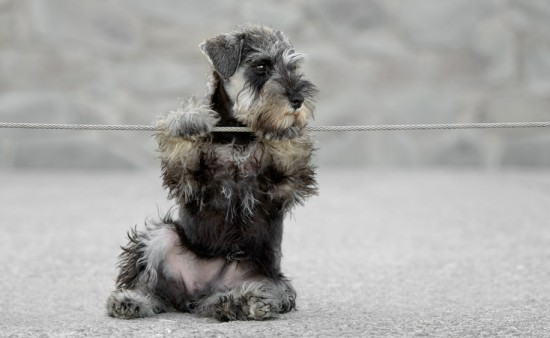
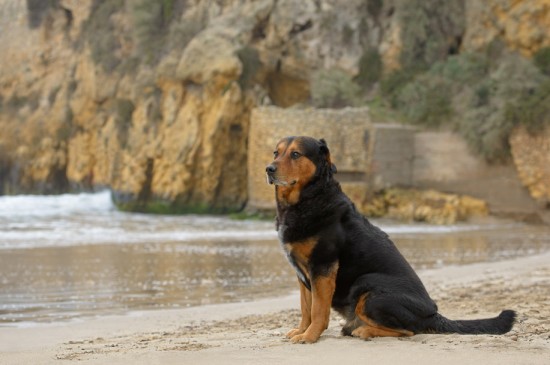
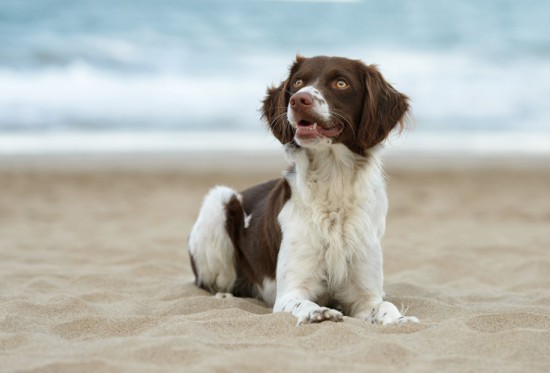
It is something I have enjoyed from the first session and each time it is getting better and better. Each photo-shoot has been truly special. All the owners I worked with adored their pets and were really proud to see them posing. As for the dogs, I always do my best for them to have a great time during the sessions by at least giving them plenty of treats.
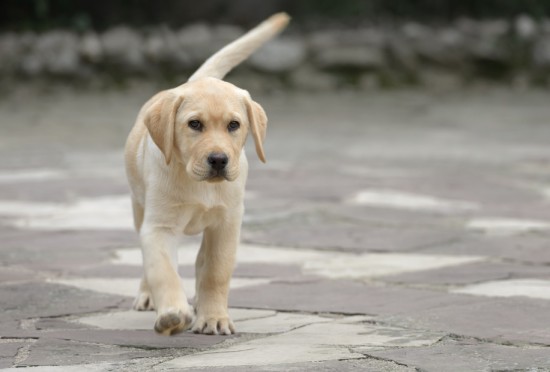
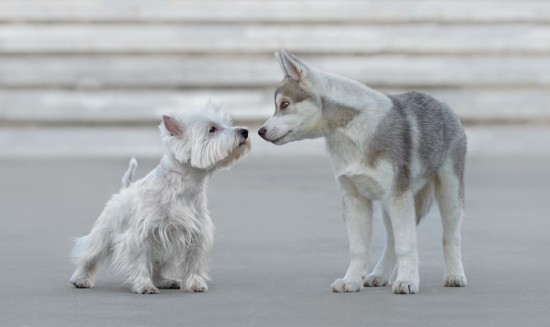
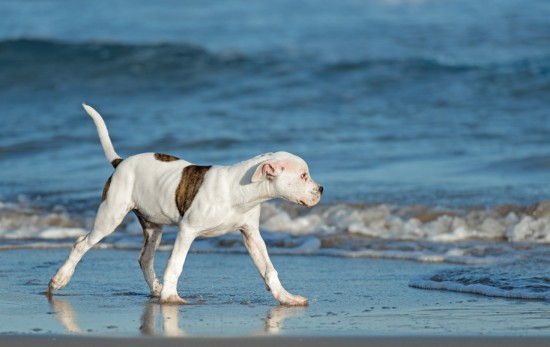
I would like to share with you the know-how and the experience I gained during this lovely journey regarding both the gear and the technique.
Dogs move fast and their move is unpredictable which makes it a difficult task for any focusing system. The tracking engine is of very little help when shooting moving dogs as it has been designed and optimized to track human, not animal faces. A fast focusing body and lens will make the photo-shoot much easier. A rather high frame rate is also very handy as it will allow you to shoot in burst and catch those special moments.
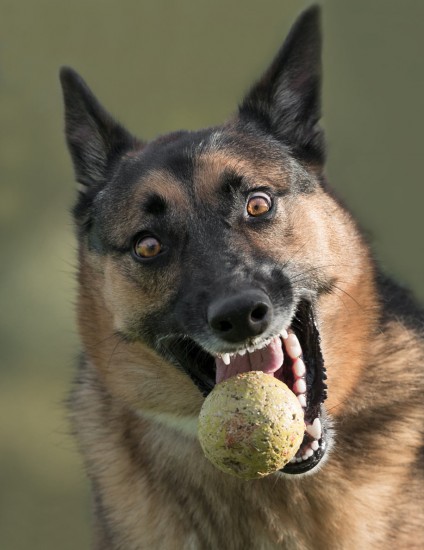
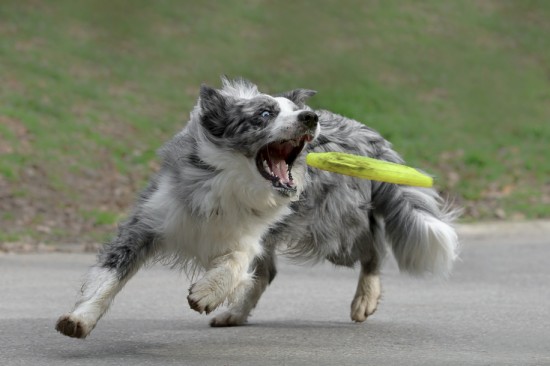
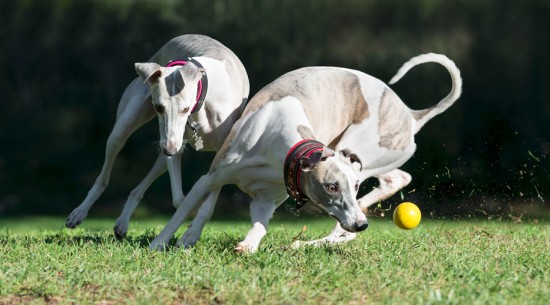
This unpredictable move pattern also makes it difficult to correctly frame and compose the scene. Shooting wider than what you would typically do, will save you from unpleasant surprises. This is where a high resolution sensor comes handy as it facilitates cropping without significantly sacrificing the final resolution. I found the 16MPs of the D4 to be slightly limiting whereas the 36MP of the D800 have always been more than enough.

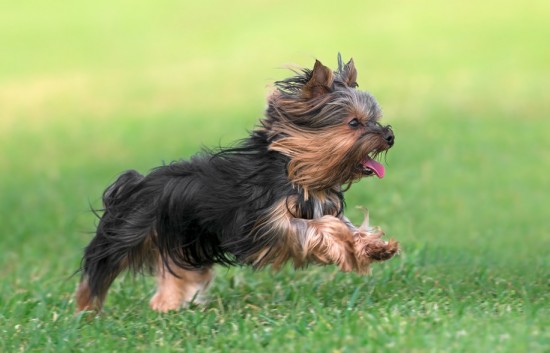
Regarding the depth of field, it is important to keep in mind that dogs have longer faces than humans. Although what really matters is to get the eyes sharp, the result usually benefits significantly from having most of the face in focus. This is especially true for dogs with long noses like Labradors or Greyhounds. Most of my photographs are at F4.
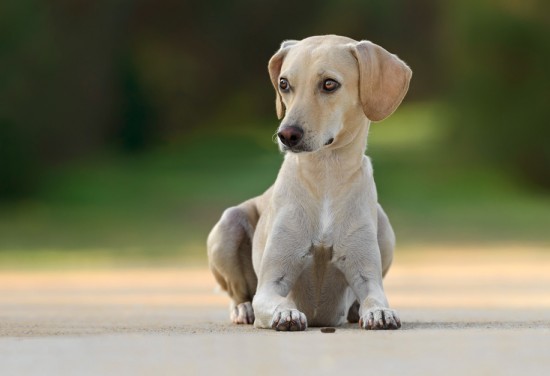
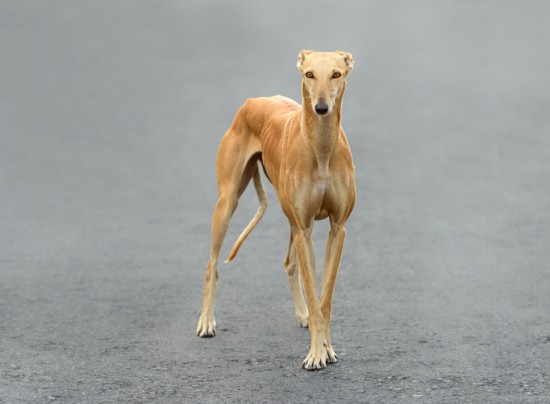
Wide dynamic range is also important for dog photography. Neighboring areas of bright and dark are actually quite common for dogs; as an example consider the face of a Westie with the white coat and the black eyes. A sensor with a good dynamic range allows capturing details in all areas. I found that a range of 13 EVs is, for the vast majority of the cases, enough (especially given that some highlights can be recovered very well in post processing).
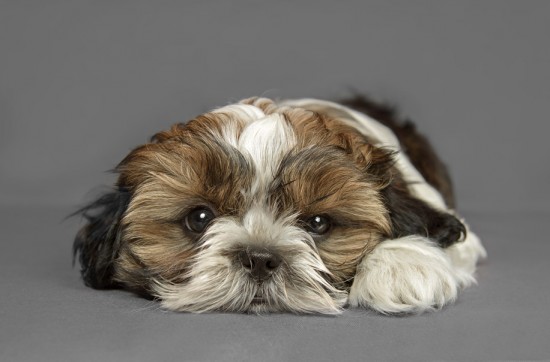
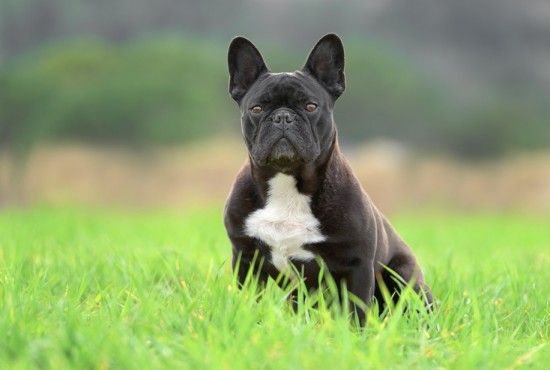
The capability of the sensor regarding noise is also of interest. With very few exceptions, all dogs have coat and to get a nice sharp texture in the fur it is necessary to avoid noise. Having the Nikon D800 as a reference, I never shoot with ISO higher than 800; I would say that 95% of my photos are with ISO equal or less than 400.
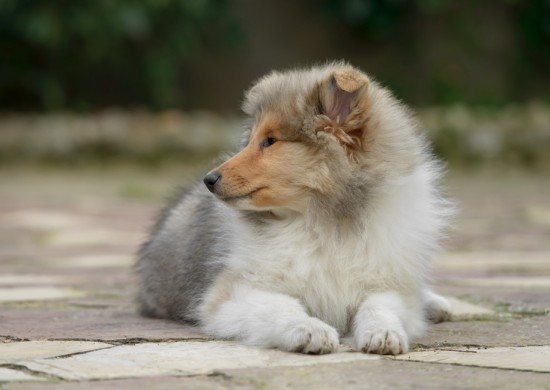
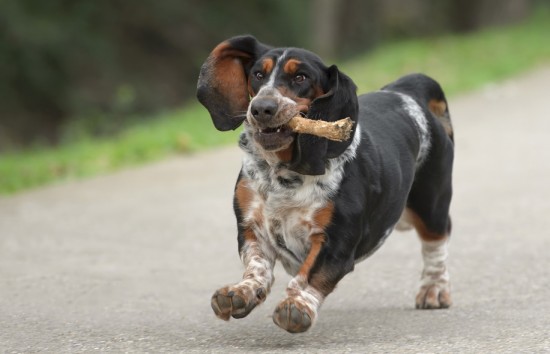
I started with a Nikon D300S and a 16-85mm lens. Although I was very happy with the frame rate I soon realized that the other specs (mainly the dynamic range and the noise) were important limiting factors. I decided to go full frame and tried both the D4 and the D800 (together with the 24-70mm and the 70-200mm F2.8 lenses). As for me the resolution and the high dynamic range at low ISO were more important for the job, I finally selected the D800 over the D4 (and did not regret it!).
Even with the best gear it is easy to go return home without any great shot. Here I list some tricks that helped me improve the quality of my work and at the same time deliver photos that the owners appreciate more.
1. Team-up with the owner, it is the best person to help you guide the dog during the session.
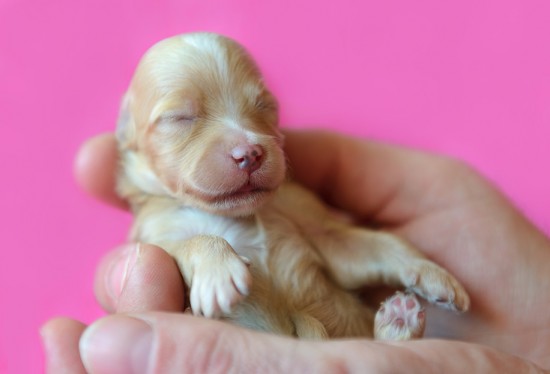
2. Ask the owner to describe to you how he/she sees the dog. This will help you identify the elements that make the particular dog special and to capture them during the session. Maybe it is the look in the eyes when relaxed or the energy in the body when playing.
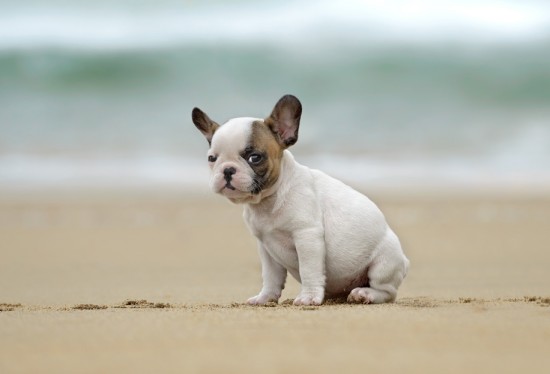
3. Bond with your model, let them smell you, lick you and in general allow them get comfortable around you. Keep some treats with you and let them have some. Always keep a squeaker toy and use it when you want to attract their attention. The treats and the squeaker will convert most dogs to happy, alert and responsive models.
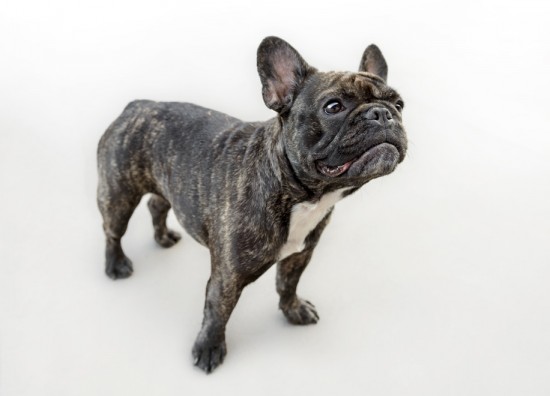
4. A large and rather empty space will help your models to stay focused on you and at the same time it will allow them to run and play. My favorite shooting places are open parks without many trees or the beach. If possible I select places where there are not many dogs around in order to avoid distractions.
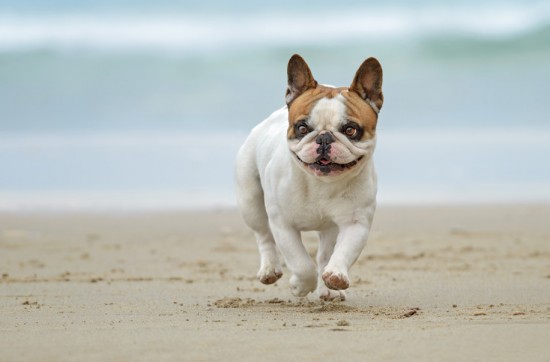
5. The best light is either early in the morning or late in the afternoon, personally I prefer the latter. If you are shooting in the afternoon, take the photographs in action first while you have more light and leave the shots where the dog is still for later. This also helps them to get rid of the extra energy making it easier to pose on demand.
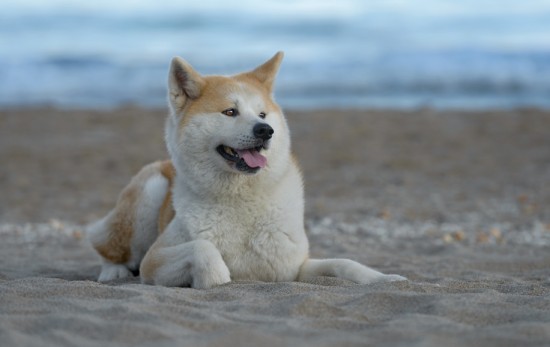
6. An indispensable tool is a thin show-leash which will allow you to guide and keep the dog in the desired position for still shots. Ask the owner to keep it upwards so that it touches the dog body as little as possible. Being thin and being held in the proper position will allow you to remove it seamlessly in post-processing.
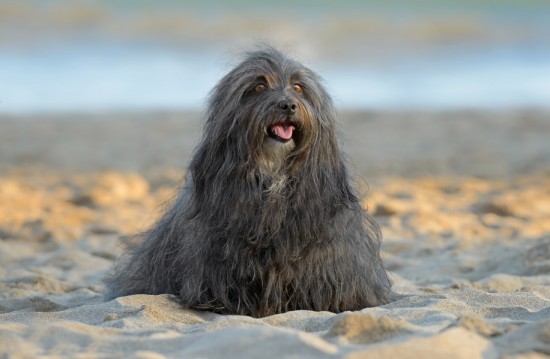
7. To avoid distortions and get the most natural results you will need to get to the level of the dogs, most of the times I am shooting laying down on the floor. This works well both for full body and head shots. As for the focal length, for natural looking photographs try to avoid shots wider than 50mm.
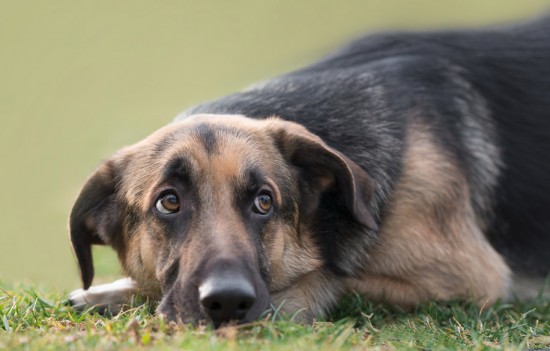
8. Keep the eyes sharp and properly exposed, the eyes are always the most impacting part of a portrait. F4 is a very convenient aperture as it gives a very nice depth of field with long lenses and at the same time allows getting the eyes and most of the face sharp. For white dogs underexpose by half a step as otherwise, some areas might get burned.
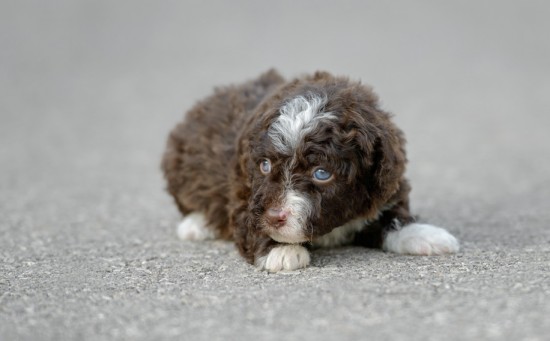
9. For small sized dogs or puppies you can take lovely shots inside with minimal gear. As a background, a piece of thick cloth on top of a sofa is more than enough. As for lighting, I use two flashes and reflective umbrellas. I place the flashes at the same height as the dog at a ~45 degrees angle at each side of the dog.
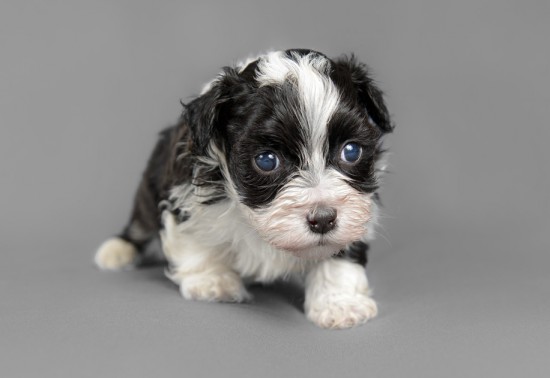
10. A successful dog portrait is the one that makes the owner say: “this is my dog, this is how his/her eyes are when he/she wants something and this is how they shine when while playing”. While selecting the photographs you are going to deliver make sure to favor the shots that include these unique expressions.
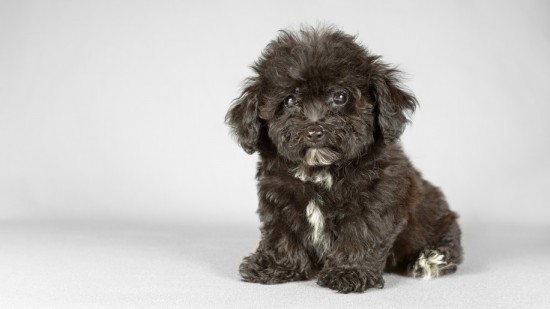
Give it a try, there are many interesting models around us and each one is unique and special.
If you have an interesting idea for a guest post, you can contact me here.
